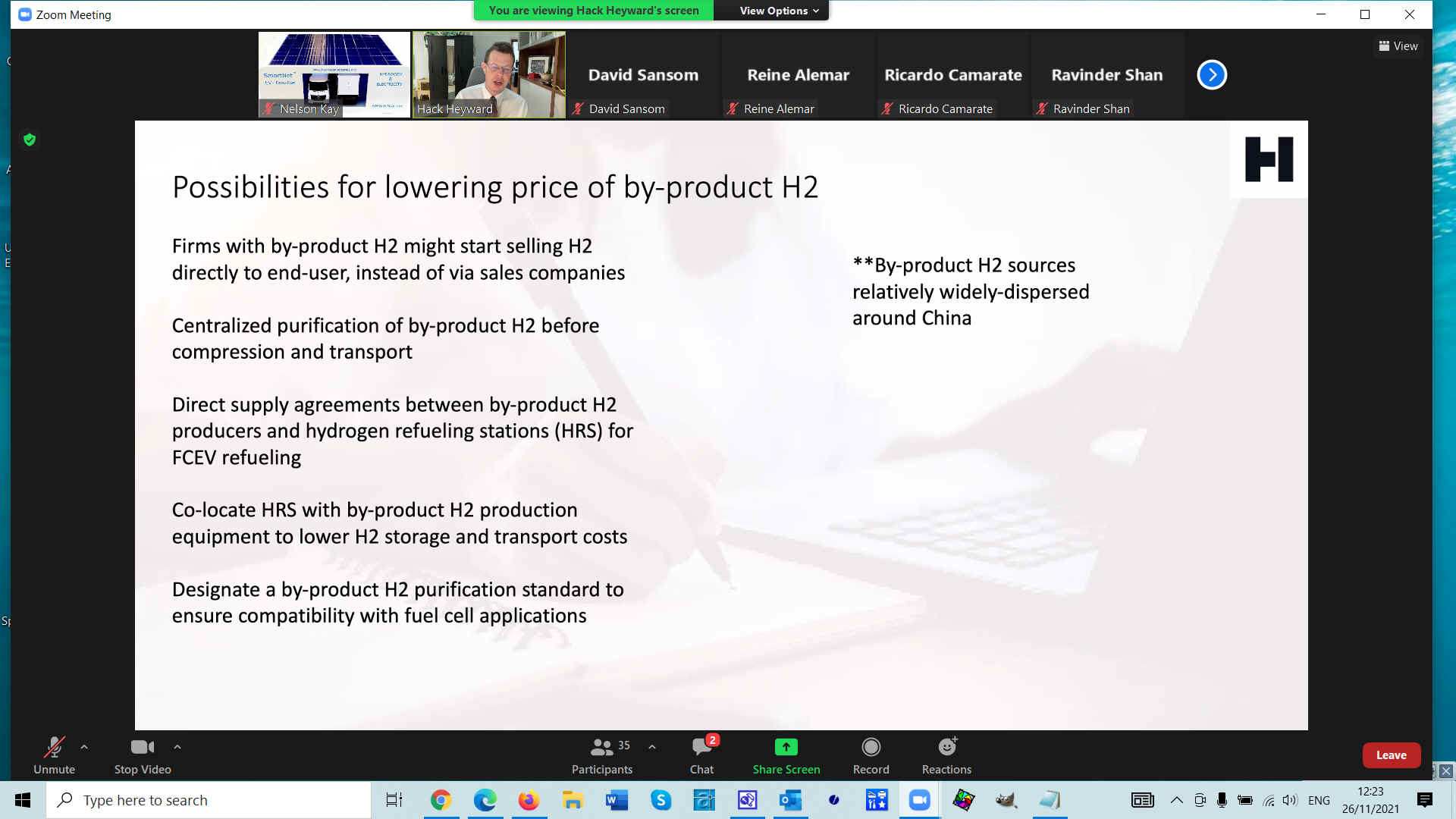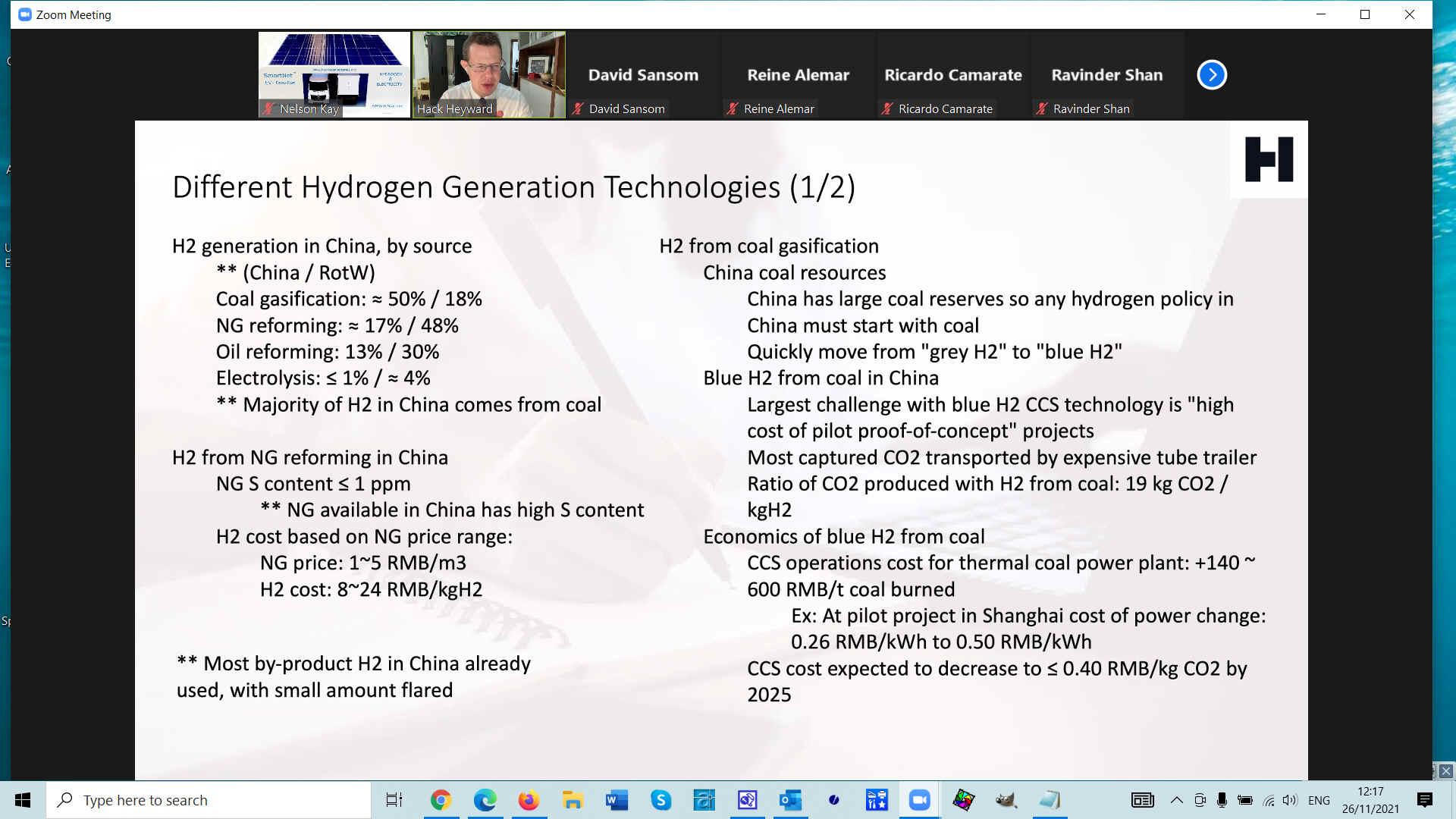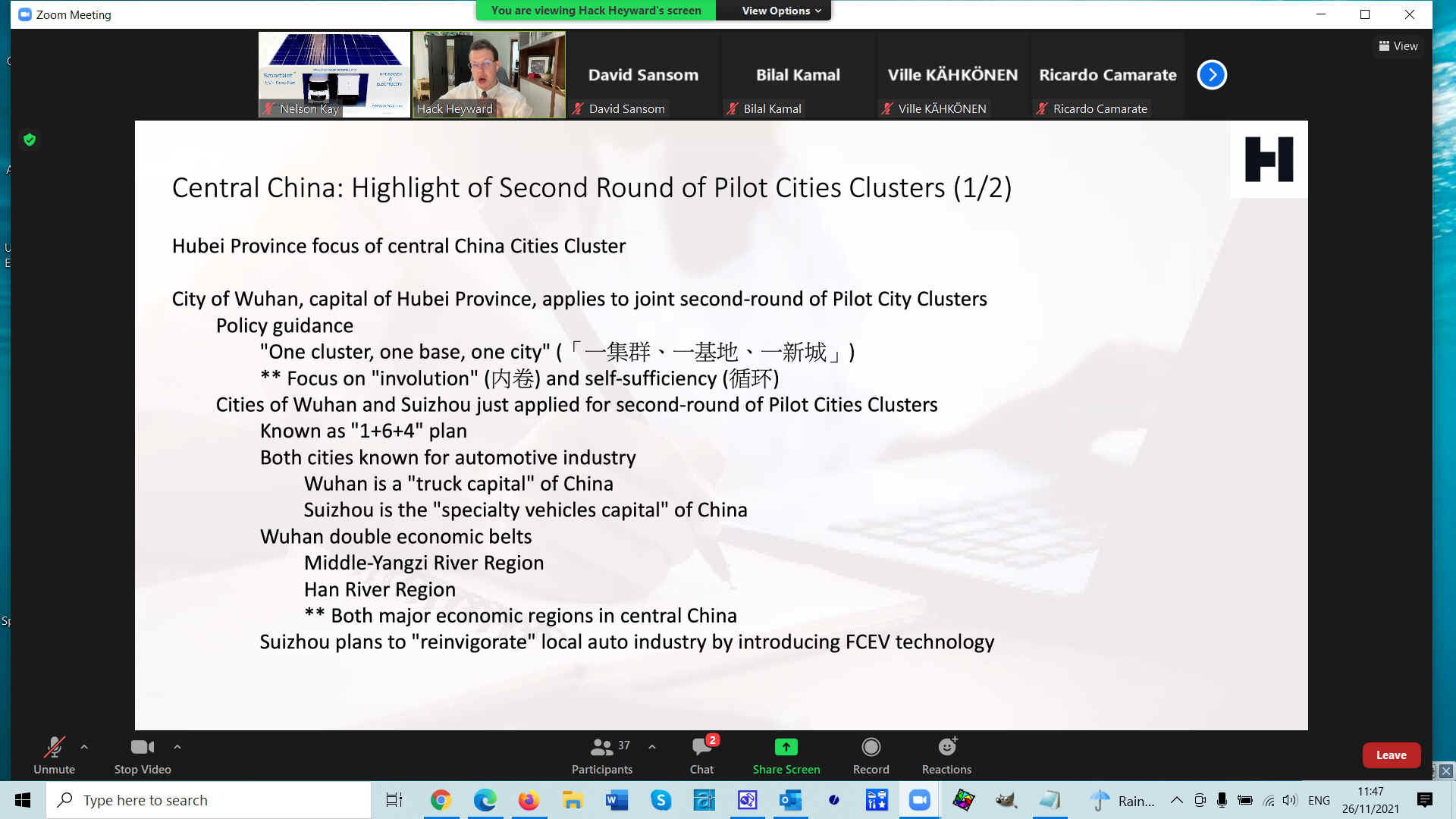|
CHINA H2 PILOT CONFERENCE 26th NOVEMBER
Please use our A-Z INDEX to navigate this site where page links may lead to other sites, or see HOME
|
|
|
Hydrogen is not just for transport. It can be used in steel making, for heating homes, for land vehicles and ships. The lack of a suitable infrastructure is a limiter on incentivising automotive OEMs and shipbuilders to engage more positively.
Imagine a means to store electricity as green hydrogen for load levelling of national grids, while also supplying energy for commercial vans and heavy duty trucks. Fuel cells provide a way to convert hydrogen gas into electricity, but on their own they do not represent a solution. Gasometers are a thing of the past. One way forward is with a SmartNet™, a dual-fuel infrastructure type of system. At the moment just a conceptual model. But that should not stop anyone from developing their own version of such a system - we would hope, adopting a "Universal" standard, such that Chinese vehicles and service facilities are compatible with anything developed in Europe, the USA and Russia.
Friday 26 November, 12:00 - 14:00 CET
Presented live as an
installment of the 'China Hydrogen Intelligence service,' this was a 2 hour, analyst presentation and interactive Q&A session covering the key market sectors, direct from Shenzhen! This was a very informative presentation, by an incredibly well informed, Hack Heyward, and an eye opener to those who may have thought that China is only interested in coal fired electricity generating stations. As always, we are advocates of yellow and green hydrogen. Rather than gasification of coal, where China has the capacity to implement wind and solar farms as a sustainable long term solution - in the creation of a circular economy - so freeing themselves of Australian imports as their industrial energy feed stock. Indeed, most solar panels being sold around the world in 2021, were Chinese, it makes sense then to use this home grown technology to reinforce the foundations of their society.
China
also produce wind turbines, but they are heavy compared to European makes.
China is perceived as the largest global market and in December 2020 announced a target of decarbonising 25% of the entire energy system by 2030 and achieving Net Zero by 2060. So what happens in China can have a dramatic impact on the growth of hydrogen, due to the potential to move hydrogen technologies faster down their cost and learning curve.
If China cracks the economics of hydrogen to be able to provide cheap energy for transport and industry, they can contribute to a world circular economy, newly clean of carbon dioxide, and develop sustainable policies to be proud of.
The whole world is competing to lead in such Utopian ideal, each developing policies designed to accelerate progress, with different degrees of success. Europe is potentially leading in electrolyzer production with their FCH-JU and follow on initiatives, but is backward in hydrogen infrastructure for EVs, also aiming to develop their own battery supply chain, but again weak on charging infrastructure.
In the USA, only California is making significant headway on the hydrogen infrastructure front. With Japan supplying many FCEV's as cars. Japan leads the world in hydrogen fill up stations, but not load leveling ready (smart) versions.
China is operating a Pilot Cities Cluster program, where cities and developers work as
groups to implement a change to hydrogen, having re-classified hydrogen as a dangerous gas, to a fuel. See screen shots of the presentation
herein - with big thanks to Green Power Global for hosting this event.
In December 2020 China announced a target of decarbonising 25% of their entire energy system by 2030 and achieving Net Zero by 2060. So what happens in China can have a dramatic impact on the growth of hydrogen, due to the potential to move hydrogen technologies faster down their cost and learning curve.
WHAT
IS THE BACKGROUND TO HYDROGEN IN CHINA ?
Unlike other countries, industrial policy often has an unusually immediate and powerful effect on markets in China. The logistics industry in the Pearl River Delta connecting the cities of Hong Kong, Shenzhen, and Guangzhou in a web of well-maintained highways, high-speed trains, and deep waterways is one of the busiest in the world.
....
CLIMATE CHANGE TRUST INPUT 26 NOV 2021
Nelson Kay, attended this online conference as a delegate for the Trust, also taking notes for the Cleaner Ocean Foundation, sharing information using the 'Chat' function in Zoom live as per the items below, responding to the speakers comments.
Nelson
Kay to Everyone:
12:03 PM
12:38 PM
12:45 PM
Steven Lua to Everyone: 12:50 PM
....
HENRIETTA - thinks she may have something to chirp about. She thinks she may have cracked the 'chicken and egg' conundrum that as of 2021 is stopping more people enjoying zero emission transport. If you are looking for a risk reduced business model, Henrietta's proposal is well worth a look.
There were some 8 million deaths globally in 2018 from lung cancer caused by air pollution. It is worse than Covid19 at 5,078,234 so far in two years (@ November 2021). Thus air pollution from diesel and petrol vehicle exhausts is 3 times more dangerous than Covid19.
Fuel cells provide a way to convert hydrogen gas into electricity, but on their own they do not represent a solution. They are though, an essential ingredient of the mix, if policy makers are to get their heads around hydrogen gas and electrical energy being one and the same thing, instead of funding calls for one or the other. Nobody in their right mind is going to apply for funding if the calls are not on point. So far, the UK and EU have been very wide of the mark.
LIST OF ATTENDEES
...
LINKS & REFERENCE
https://
Please use our A-Z INDEX to navigate this site
Copyright © Climate Change Trust & Universal Smart Batteries 2021. Solar Studios, BN271RF, United Kingdom.
|
















